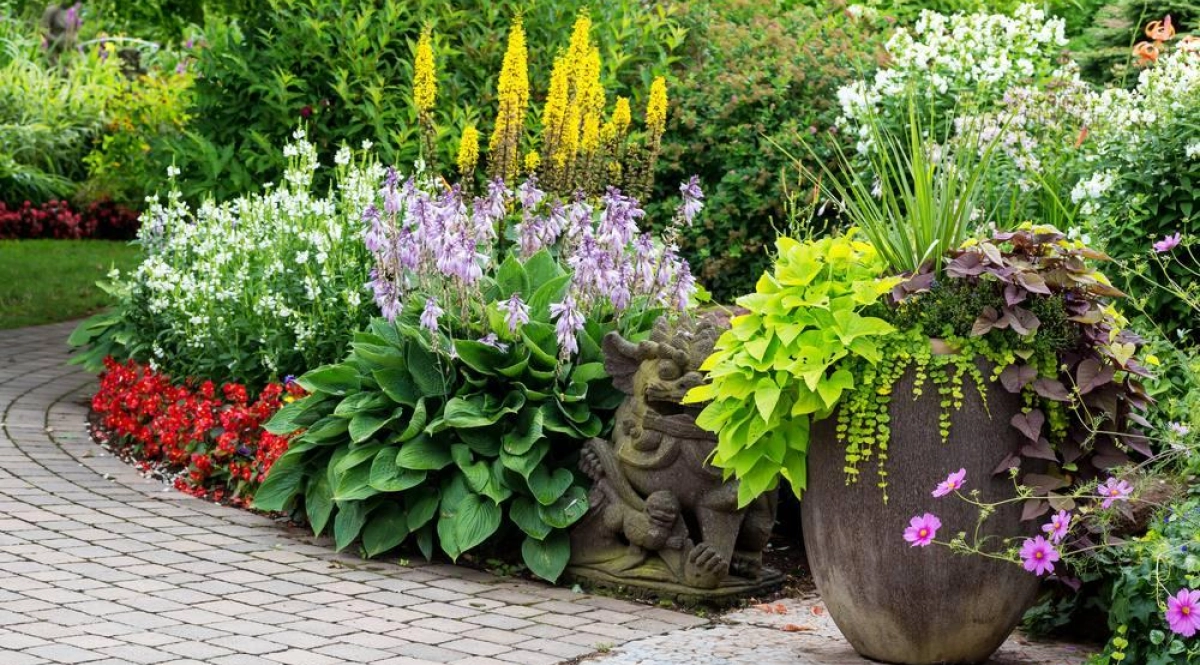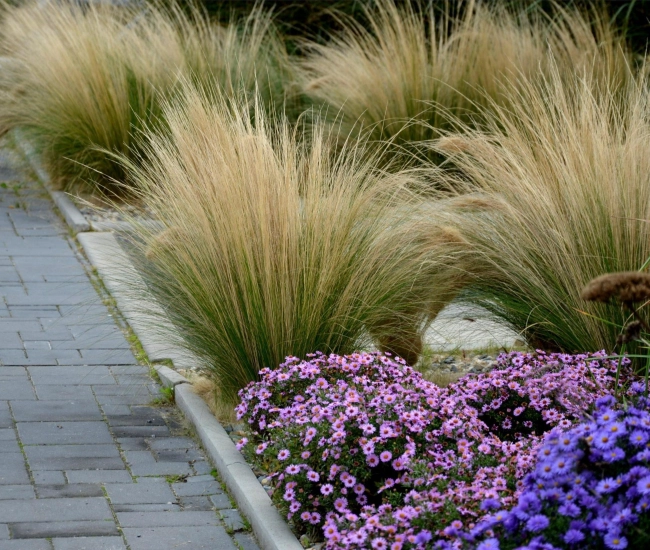
Our Tips for Successful Landscaping
Creating an outdoor layout where it's good to live: that's every homeowner's dream. Just like your interior decoration, you want to achieve an arrangement that creates an inviting atmosphere that meets your needs:
- relaxation areas
- recreational zones
- utility corners
- etc.
Your landscaping thus gives a distinctive character to your home, as you personalize it through your trees and structures.
The Exterior, an Extension of Your Interior
Outdoor landscaping is an extension of your home. In terms of trends, the boundary between interior and exterior has been diminishing over the past few years: a quest for overall harmony should guide you in your choices.
You define living spaces much like you arrange the rooms of your house. These spaces must be attractive, but also functional with regard to the proximity of the house and the whims of the weather. Landscaping is constantly evolving, and its layout should remain as natural as possible.
Plan to Better Arrange Your Yard
Your landscaping should meet your current needs, but also your future needs, like family expansion. The expectations of each family member must be considered so that everyone can enjoy happy moments there.
Thus, good planning is necessary to:
- meet the needs and all the expectations of the household
- make wise choices
- design a realistic project
- know where you are headed
- set achievable timelines
- avoid costly mistakes
- minimize the stress associated with completing the landscaping.
7 Steps to Plan Your Outdoor Layout Well
To plan well is to think and work one step at a time. Here are the 7 steps to plan your yard layout well.
Step 1 – Identification of Current Needs and Future Expectations
At this stage, it's time to sit down and determine what you want on your land both now and in the near or distant future. Thus, you already anticipate certain current and future installations and can better prepare yourself, but also visualize the arrangements to be made this time without hindering those to be made later. For example:
- the boundary of the land, fence or hedge
- parking space, number of spots
- walkways
- lawned area
- use of non-lawned space: pool, swing, terrace, etc.
It's also the time to ask yourself certain questions to better understand your expectations and needs, such as:
- What landscaping style do I like and that matches the architecture of the house and the physical configuration of my land?
- How many hours can be devoted to maintenance per week?
- What will be the various activities carried out in the backyard?
- Where will the play areas for children be?
Step 2 – Analysis of Environmental Factors
With your needs and expectations well identified, you can take into account the different aspects of your yard such as:
- the geography of the land, corner of the street, slope, obstacles, etc.
- the architecture of the house
- the hardiness zone
- prevailing winds
- the soil
- water drainage
- exposure.
Step 3 – Checking Legal Constraints
Before you start realizing your dream layout, it’s better to thoroughly check the regulations in place and your legal constraints such as:
- municipal regulations: land use, planting trees or hedges, building permits, etc.
- public or private easements, Hydro-Québec, right of way.
Step 4 – Preliminary Sketch
Now that you know what you want, what you need, and what you are allowed to do, it's time to make a sketch of your project. Draw it freehand on a photocopy of your site plan or on graph paper. Thanks to it, you will be able to:
- graphically describe your observations
- generate ideas
- propose solutions during planning discussions
- prepare the final plan.
Step 5 – Development of the Final Plan
After sketching the project, you can move on to the final plan which:
- provides an overall view of the layout, both existing and future
- is to scale with the land
- defines the areas reserved for various purposes: terrace, hedges, flowerbeds, etc.
- indicates full details regarding the plants to be used: trees, shrubs, perennials, etc.
Step 6 – Budgeting
Landscaping requires time... and money. Temper your enthusiasm, as the cost rises with the height of your dreams. Our merchants will be able to help you make decisions tailored to your budget.
Step 7 – Implementation Timeline
When you have made your plan and set your budget, you can plan the execution of the work. Here are some tips for your schedule:
- it is not necessary to complete the final plan in a single year
- the project is therefore carried out in stages, according to: your availability, the importance of the work, the necessary financial investment
- usually, machinery work is carried out in the first year of the project.
Tips and advice



